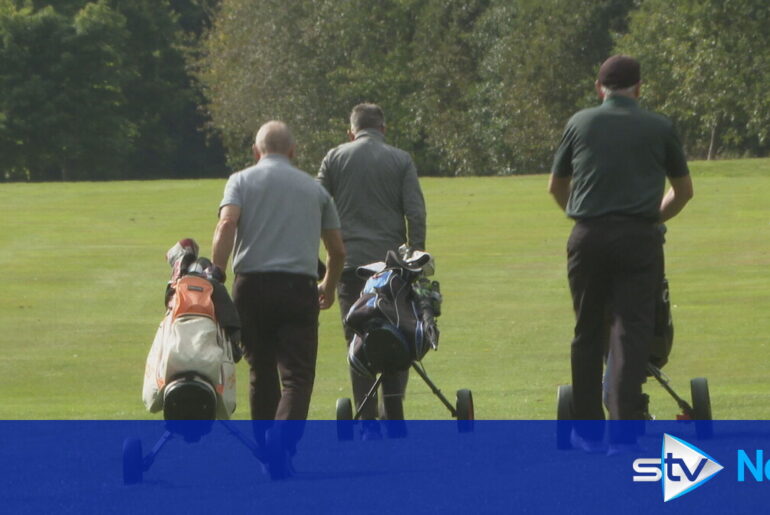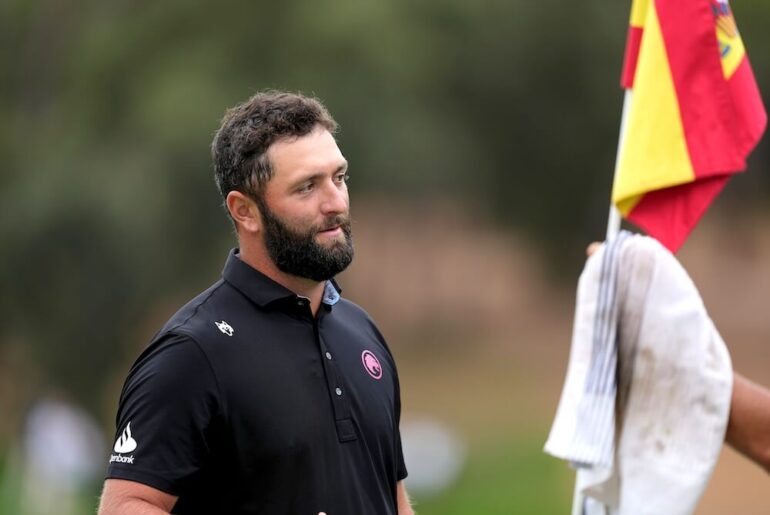Cardiovascular rewards also abound. Heart-rate monitoring shows golfers routinely exercise in the moderate-intensity zone, which is important for building cardiovascular endurance, improving circulation, and strengthening the heart muscle. In fact, in one study, women reached peaks of about 80 percent of their maximum heart rate while walking uphill fairways, and men reached about 70 percent.
And the heart-health advantages extend beyond stamina. In a recent randomized cross-over trial, for instance, playing 18 holes was found to produce acute improvements in cardiometabolic markers such as blood pressure and heart rate—sometimes greater than those achieved by brisk walking for the same duration.
“Part of this has to do with the fact that below the anaerobic threshold—the so-called ‘burn’ level—the body uses a high degree of energy from fat,” explains Neil Wolkodoff, medical program director of the Colorado Center for Health and Sports Science. “That positively impacts blood lipid levels and, over time, can help reduce fat reserves.”
Golf has also been shown to improve circulation and lower the risk of heart disease—findings supported by a landmark Swedish cohort study of more than 300,000 individuals. Partly because of these benefits, researchers found that golfers had a 40 percent lower mortality rate and lived an average of five years longer than the general population. “The message is clear,” says Lindsay: “Play golf and live longer.”
A full-body workout for your muscles and joints
Golf also provides significant musculoskeletal advantages. “Golf works more muscles than people realize,” says Rami Hashish, a physical therapist and biomechanics consultant at the National Biomechanics Institute. The full-body swing, for instance, “activates your glutes, hips, obliques, back, shoulders, and forearms in a kinetic chain—from the ground up through the core.” In fact, electromyography studies confirm that upper-body and hip muscles work at substantial intensities during the full swing—often enough to stimulate weight training effects when repeated across practice and play.







